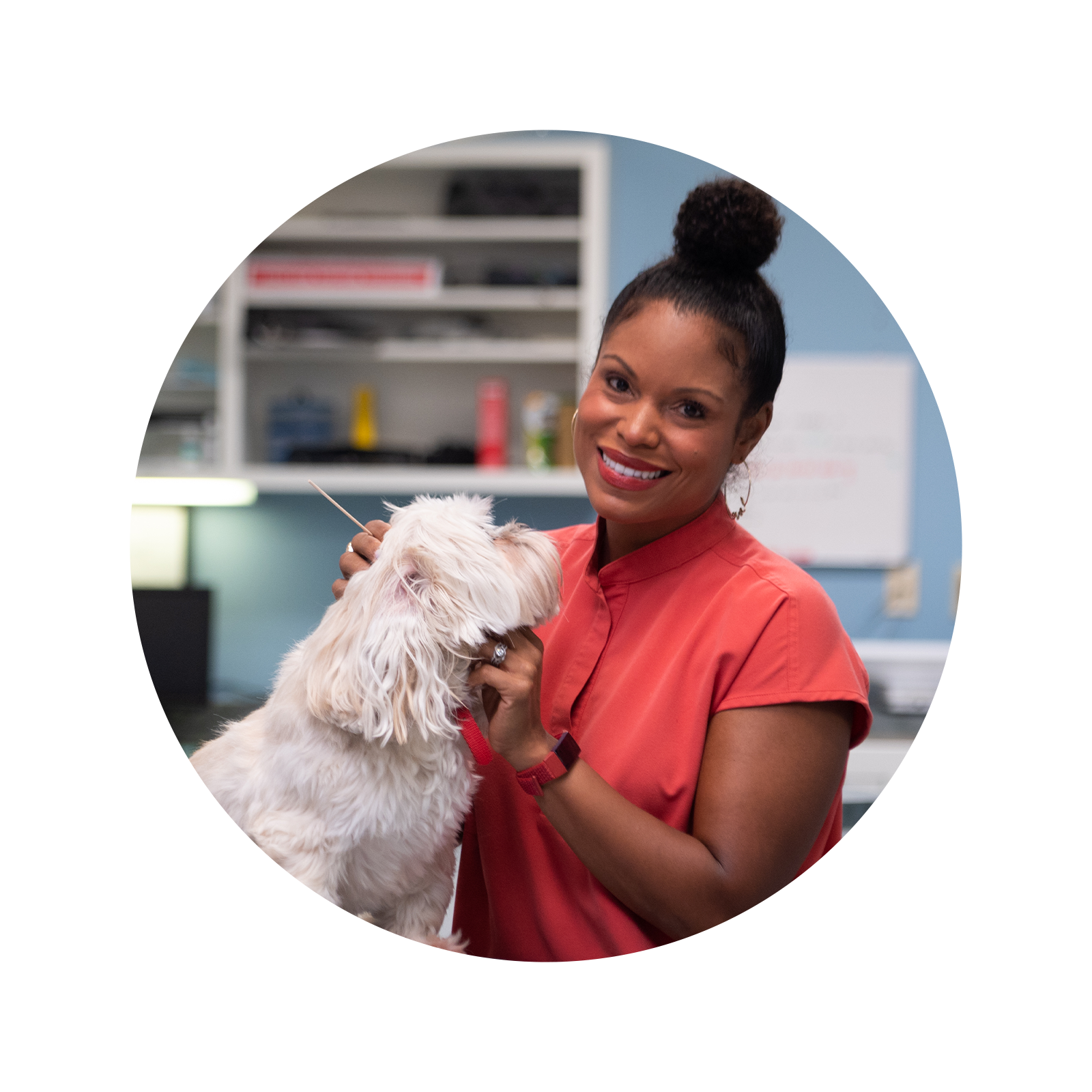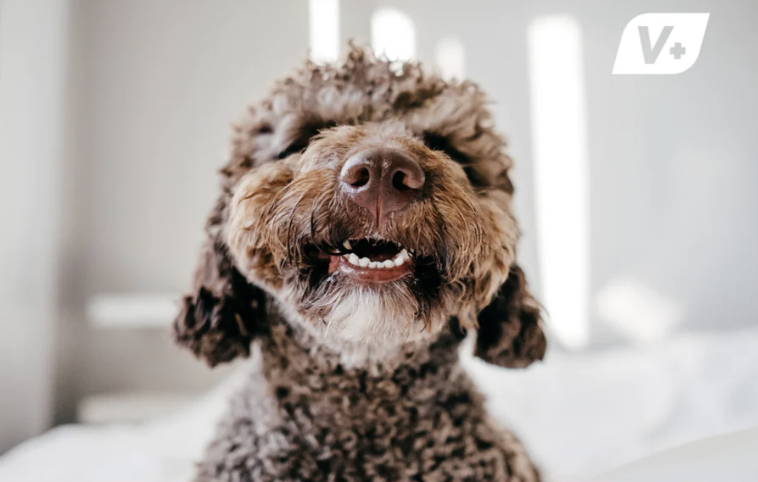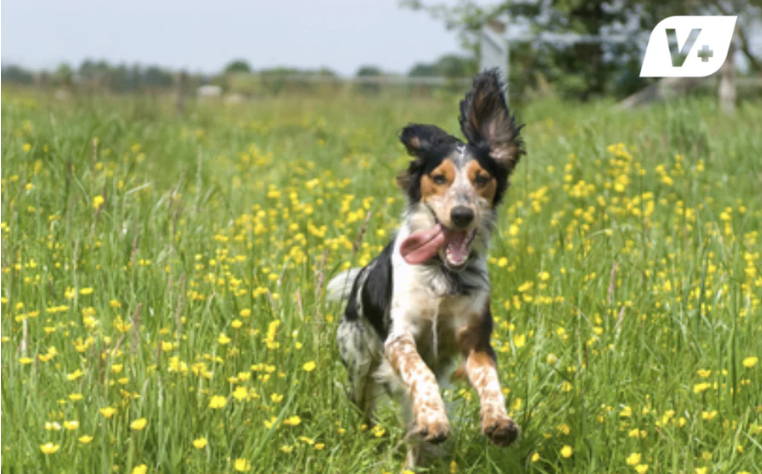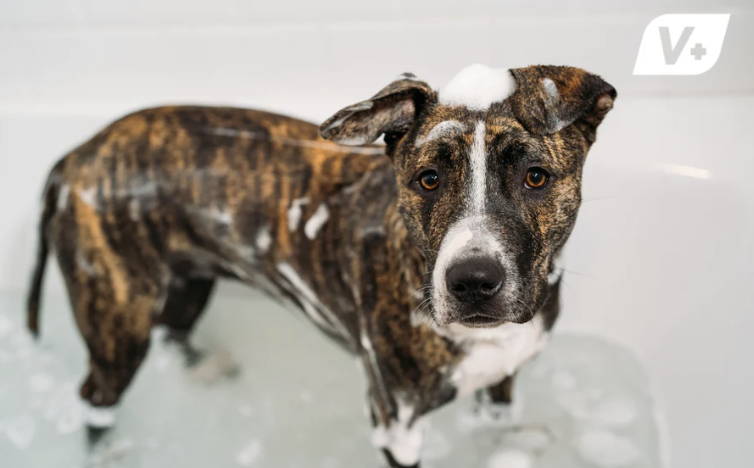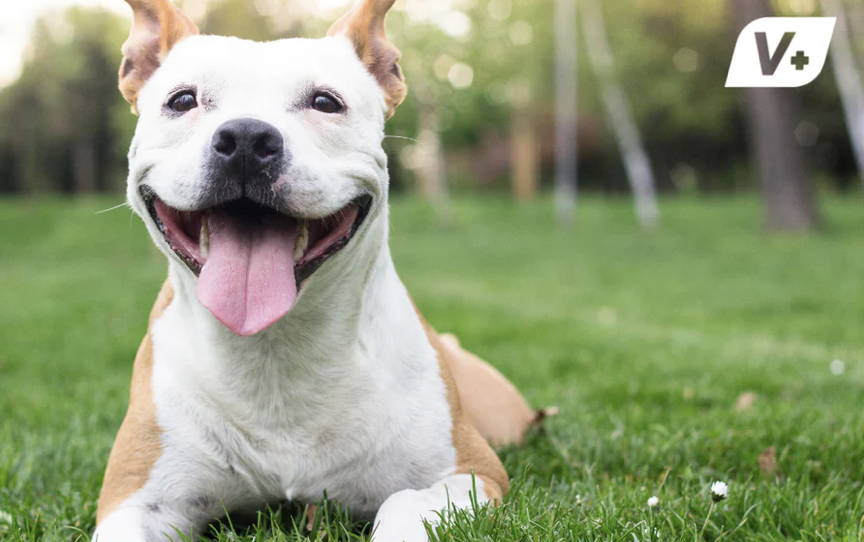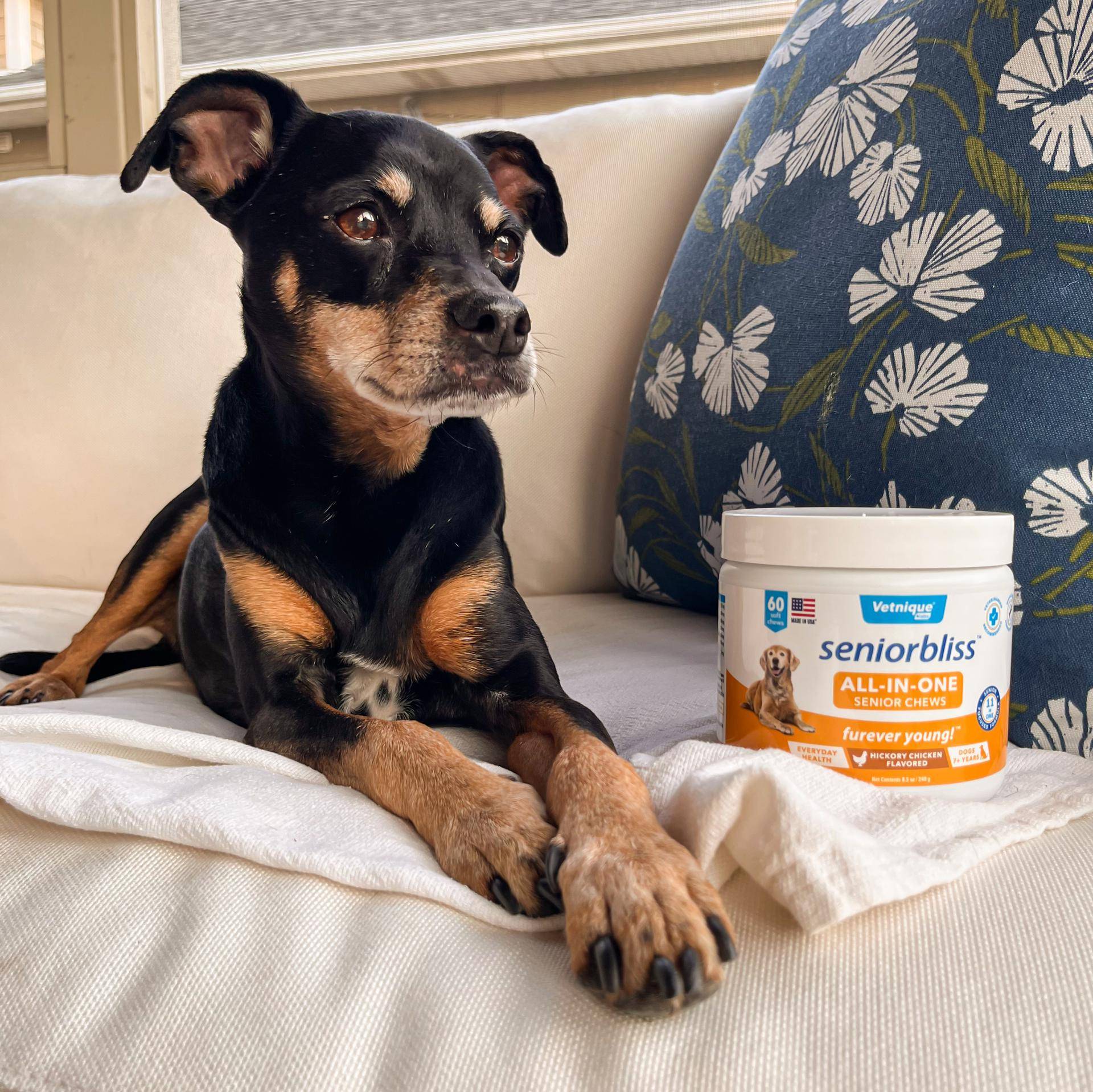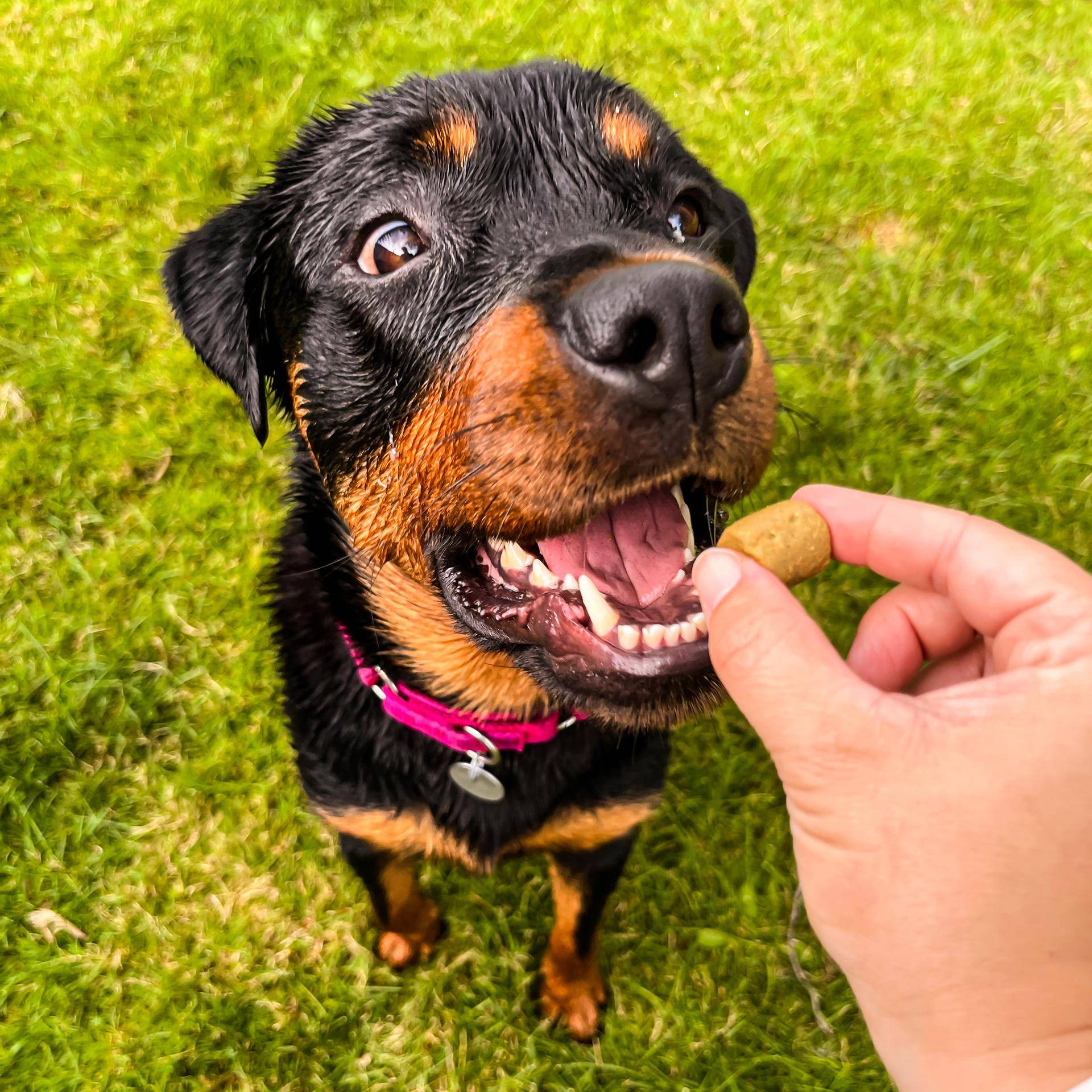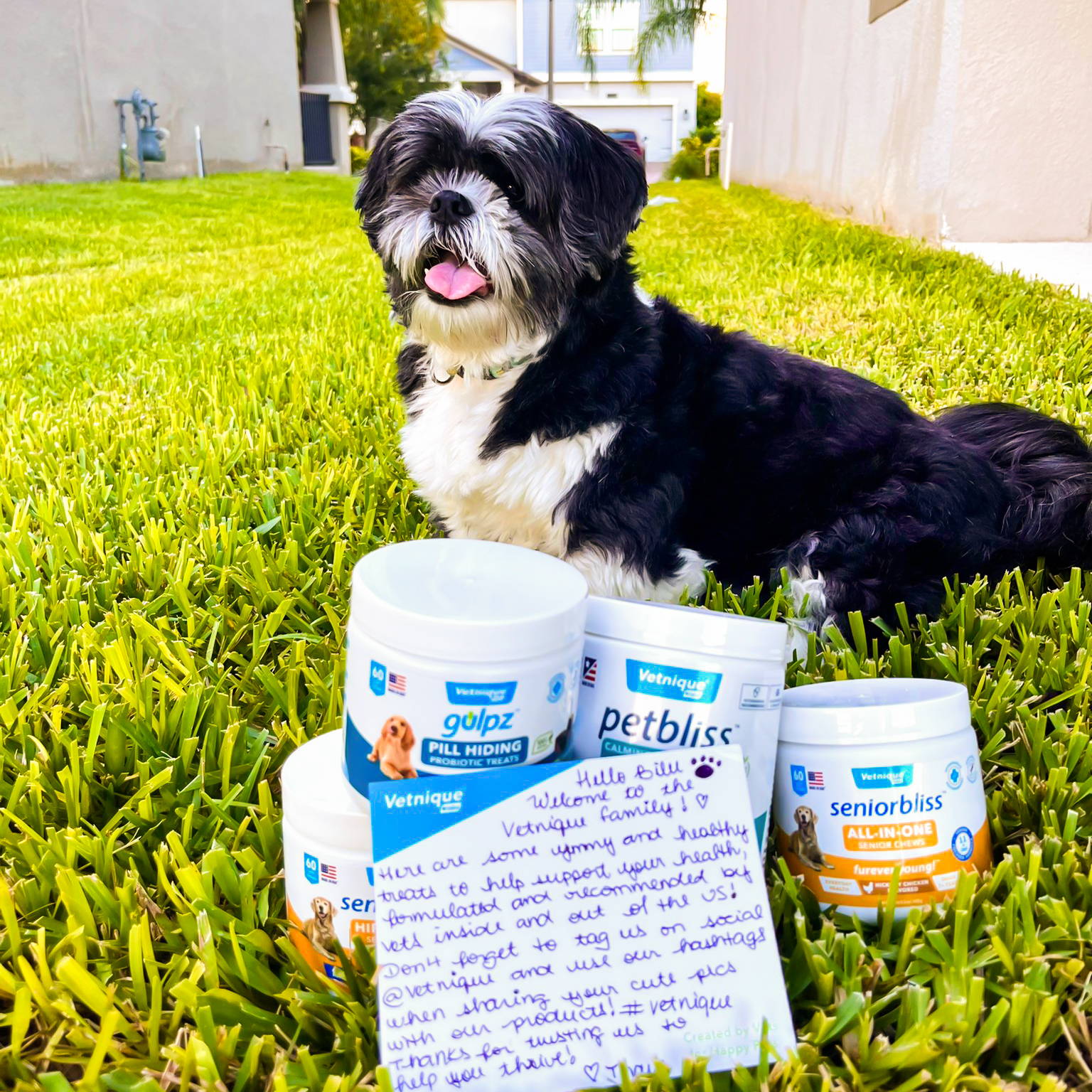How Often Should You Brush Your Dog's Teeth? The Ultimate Guide
Jump to Section
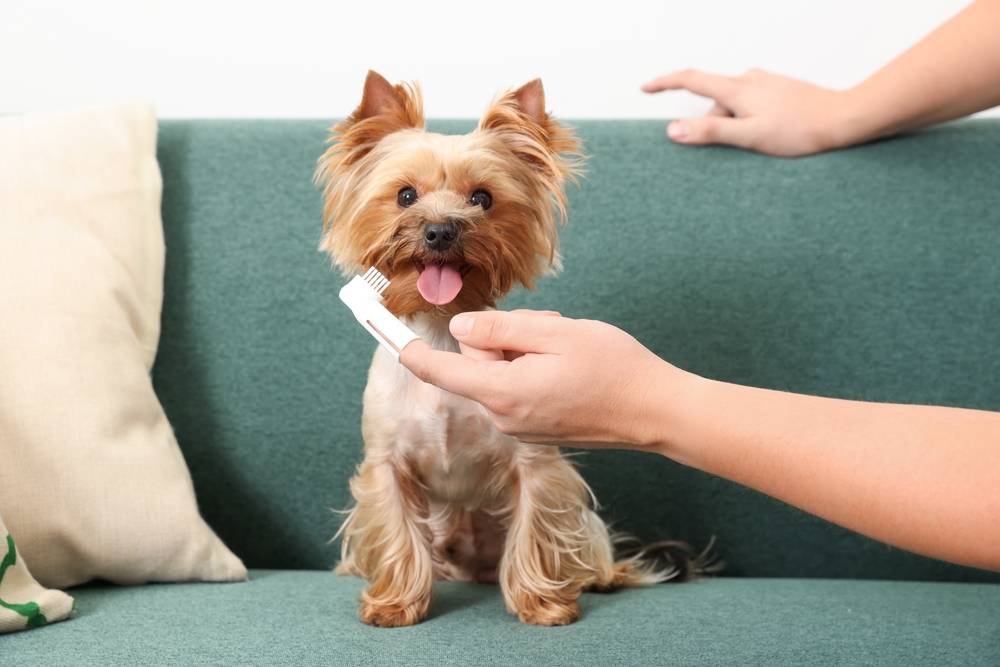
You love your dog and will do whatever you can to keep them healthy and happy. That includes taking care of their teeth! But if you're not sure where to start, don't worry––we're here to help!
How often should I brush my dog’s teeth?
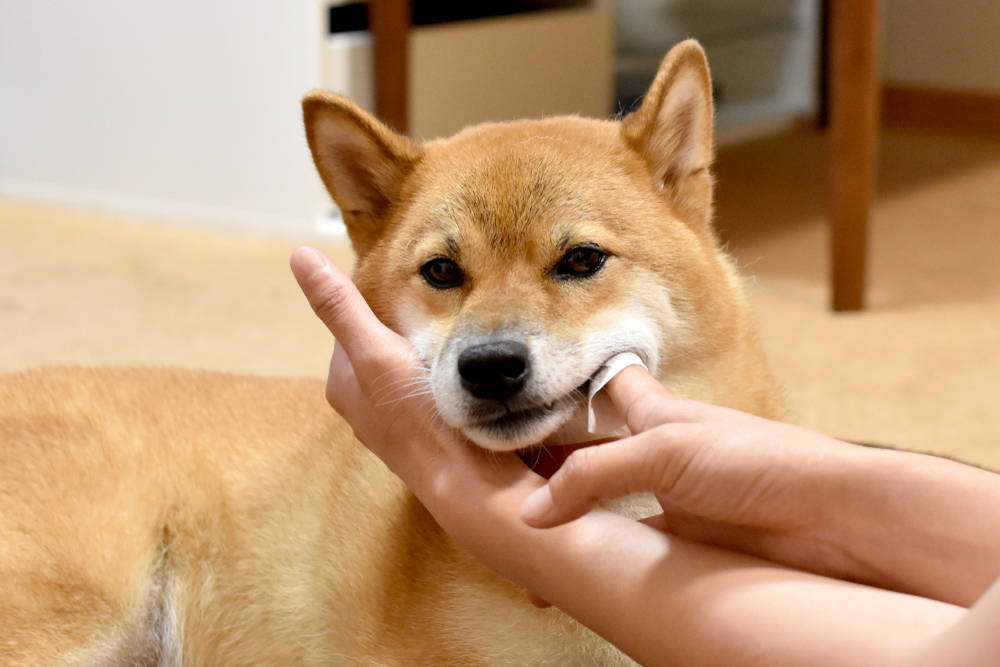
What supplies do I need to brush my dog’s teeth?
Now that you know how often to brush your dog's teeth, what kind of supplies do you need? These tools can make brushing dogs’ teeth easy to do on a regular basis:
Next, you'll need some dog toothpaste (also found at most pet stores). Make sure to get toothpaste that’s safe for dogs to ingest, as they will likely swallow some while you're brushing their teeth. Most dog tooth gels and toothpaste are flavored so that your dog will enjoy the experience. Never use human toothpaste on your dog, as it can make them sick.
Finally, get yourself a small finger toothbrush made of cotton or silicone. These can be helpful for reaching hard-to-reach areas around the back and sides of teeth or for massaging the gums.
To supplement your dog’s dental hygiene routine, you can find treats specifically designed to help clean your dog's teeth as he chews them. These are usually called dental sticks or dental chews and include tasty flavors and abrasive materials to help brush your dog’s teeth.
Whichever method you choose, be gentle! Dogs don't like having their teeth brushed any more than we do, so go slowly and be as patient as possible. You can even offer a few calming chews an hour or so before brushing your dogs’ teeth to help ease them into the process.
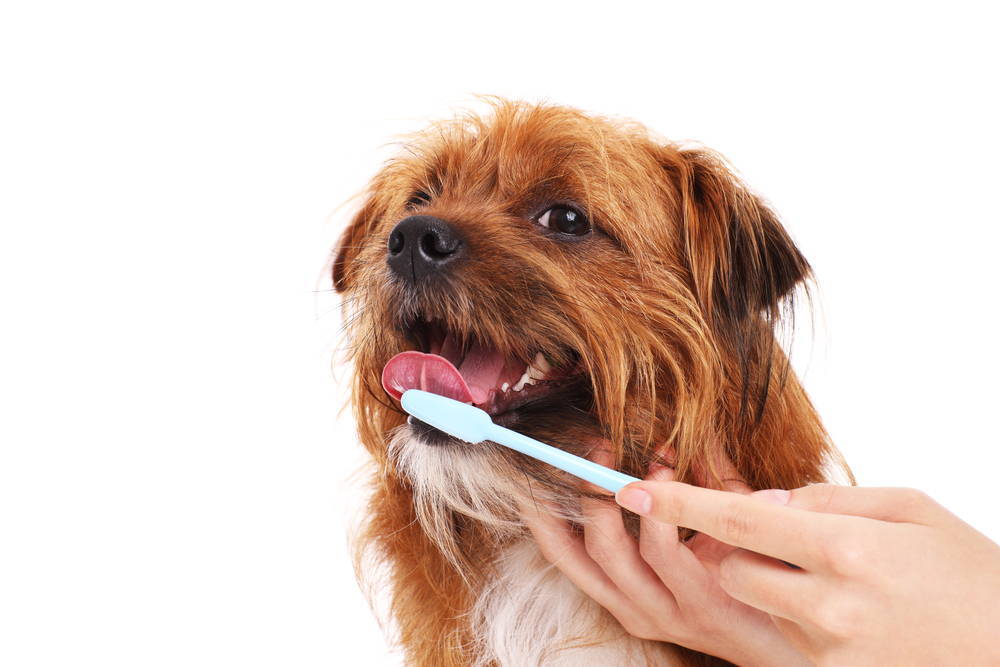
How do I get my dog accustomed to tooth brushing?
First of all, you should start slowly when introducing your dog to teeth brushing. Let them sniff the toothbrush and toothpaste (make sure it's canine-safe!) and get used to the idea before actually trying to brush their teeth. Once they're comfortable with that, you can start with a few strokes on the front teeth with just your finger and the toothpaste to get them comfortable with the process. Then you can gradually get your dog used to using a brush on a few teeth before trying the whole mouth.
The best way to get your dog used to having their teeth brushed regularly is to make it part of their daily routine! Just like you brush your own teeth every day, make sure to include a quick brushing of your dog's teeth as part of their daily routine. Your dog will soon get used to it––and it will help keep their smile clean and healthy!
Here are some general guidelines for brushing your dog's teeth:
Start early
Be consistent
Use the right tools
Be gentle
Other ways to promote oral health in dogs
In addition to brushing dogs’ teeth on a regular basis, there are more ways to keep your dog’s teeth clean and healthy. Preventative care, dietary habits, and daily hygiene can set your dog up for success in long-term dental health!
Brush regularly
Brushing dogs’ teeth regularly is the best way to support their overall dental health. Remember to be gentle, use the right supplies, and reward your dog for going along with it!
Add probiotics
In addition to having benefits for your dog’s digestive health, probiotics can also help support normal bacteria inside the mouth––while helping to fight the bad bacteria responsible for plaque and bad breath.
Try a dental diet
Ask your veterinarian about prescription dental food that’s formulated for dental health. For dogs at risk of periodontal disease, these special formulas might be a beneficial alternative to conventional dog foods.
Give dog dental treats
Abrasive dental chew sticks can help buff away food debris sitting on the surface of your dog’s teeth between meals, potentially reducing the risk of damage from plaque and tartar buildup.
Schedule regular dental cleanings
During routine health exams, your veterinarian will take a peek inside your dog’s mouth to make sure everything looks normal. If they (or you) are worried about your dog’s risk of periodontal disease, dental cleanings done by your veterinarian will ensure the mouth gets a routine deep-clean so plaque doesn’t build up and cause dental decay (cavities) and gingivitis.
So there you have it––everything you need to get started brushing your dog's teeth in order to keep their teeth sparkly clean and healthy!
Join the Pack!
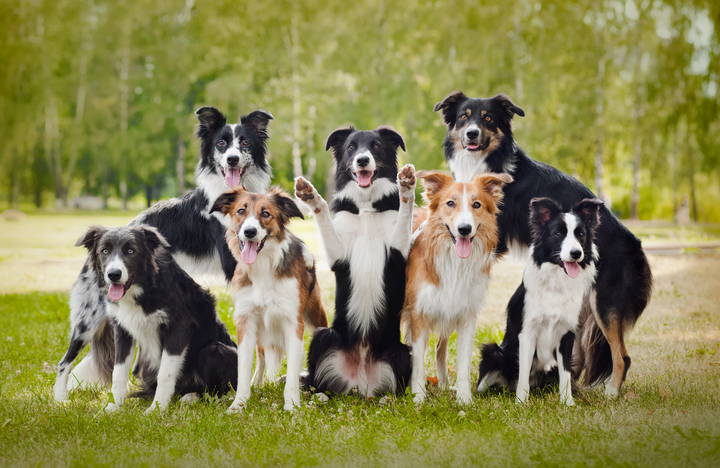
Sign up for exclusive deals, curated pet tips from veterinarians, and product launches!
Pet Parents are Also Reading...
February, 2023
Related Articles
